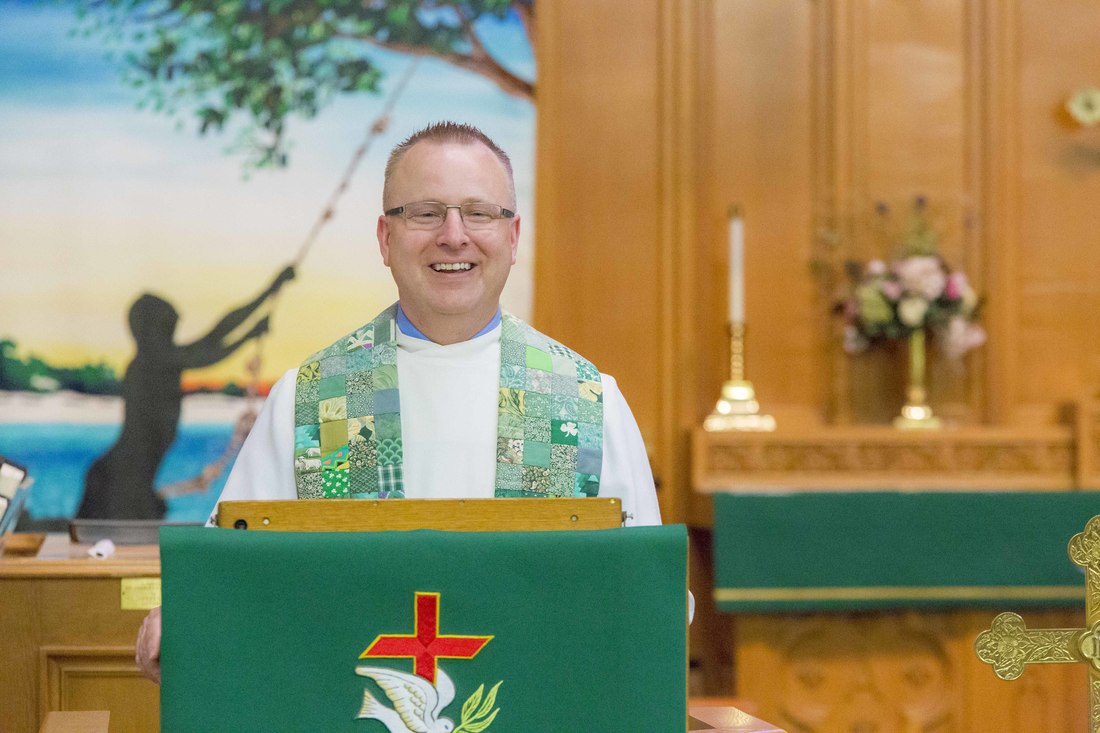A member of the congregation is upset. They are concerned about the finances of the congregation. They go to the chair of the finance committee to request a detailed transaction report for the year. You are the chair of the finance committee. What do you do?
Transparency is a necessity. Trust between a congregation and its leadership is essential. Trust will quickly erode if there is a perception of secrecy or an accusation of mismanagement. Even when a congregation is without conflict, leaders can be reluctant to publish financial details. So, what does transparency look like?
The first step in developing transparency is to adopt clear policies and procedures about the disclosure of financial details. Having agreement on the following list is helpful:
- What information will be available to the congregation?
- How often will the information be provided to the congregation?
- How will the information be distributed?
- What information is considered confidential?
- Who will have access to confidential information?
- How will leadership respond to requests for information or general questions?
- How will leadership keep the congregation informed of financial details?
- How regularly will they be informed?
Without access to financial information, a congregation will fill in the gaps on their own.
Chronic anxiety is the perception of fear. Without access to facts, we tend to worry about the “what ifs.” Worry can feel real. When people have access to facts they are in a better position to manage their worry. To be transparent is to provide facts.
Leaders may decide to withhold specific information to keep the congregation from worrying or because they fear the perceived response of the congregation. But this assumes that the congregation doesn't have a clue about what's really going on. In my experience, congregations are astute to perceiving anxiety in their leadership. Humans have a way of communicating anxiety in subtle but detectable ways. There is really no way to fool a relationship system. People know when something is up.
When members of a congregation sense the anxiety of leadership, it heightens their anxiety about the well-being of the congregation. This back and forth, reciprocal process, results in an escalation of tension between leaders and members. The best way to address the problem is by communicating facts as they happen. Prolonging bad news with the hope that people won’t know or find out is wishful thinking and it never ends well.
When leaders fear transparency, they often blame it on the congregation. But it actually reveals the fear of the leaders. Leaders are afraid to communicate details because they lack the capacity to confidently engage the anxiety of the congregation. The fear response of the leader makes them more reluctant to be transparent which raises the level of fear of the congregation and increases the tension in the relationship system. Leaders who are able to lean into the problems of an organization are able to find the solutions they need to move forward. This is the work of differentiation of self.
When leaders work on differentiation of self:
- Leaders manage their own anxiety.
- Leaders work with facts.
- Leaders declare their intention and commitment to resolve problems.
- Leaders think about the long-term goals of the organization.
- Leaders disrupt reactivity and a short-term focus.
- Leaders articulate a problem with facts, not emotional opinions.
- Leaders articulate what they are up against in solving a problem with facts, not feelings.
- Leaders anticipate the reactivity of others.
- Leaders listen to and respect the various opinions of others.
- Leaders step back to allow others to use their strengths and gifts.
- Leaders do not disengage or give up but continue to engage the congregation in conversations in order to solve a problem.
- Leaders readjust their thinking based on the responsible and fact-based feedback of others.
Transparency is a relationship process. It’s important for leaders, particularly clergy, to develop a one to one relationship with key members of the congregation. A one to one relationship goes a long way in reducing tension in the relationship system.
The best solutions for financial problems come not from leaders but from thinking congregations. The test of any leader is the ability to share facts about a congregation’s finances without sharing their anxiety. Problem-solving begins when leaders are willing to tone down their emotional intensity and reactivity to a problem. When leaders lean into a problem, they discover that their congregation is a wealth of ideas and solutions. When leaders give the congregation access to facts it goes a long way in helping a congregation solve whatever challenge they face.





 RSS Feed
RSS Feed